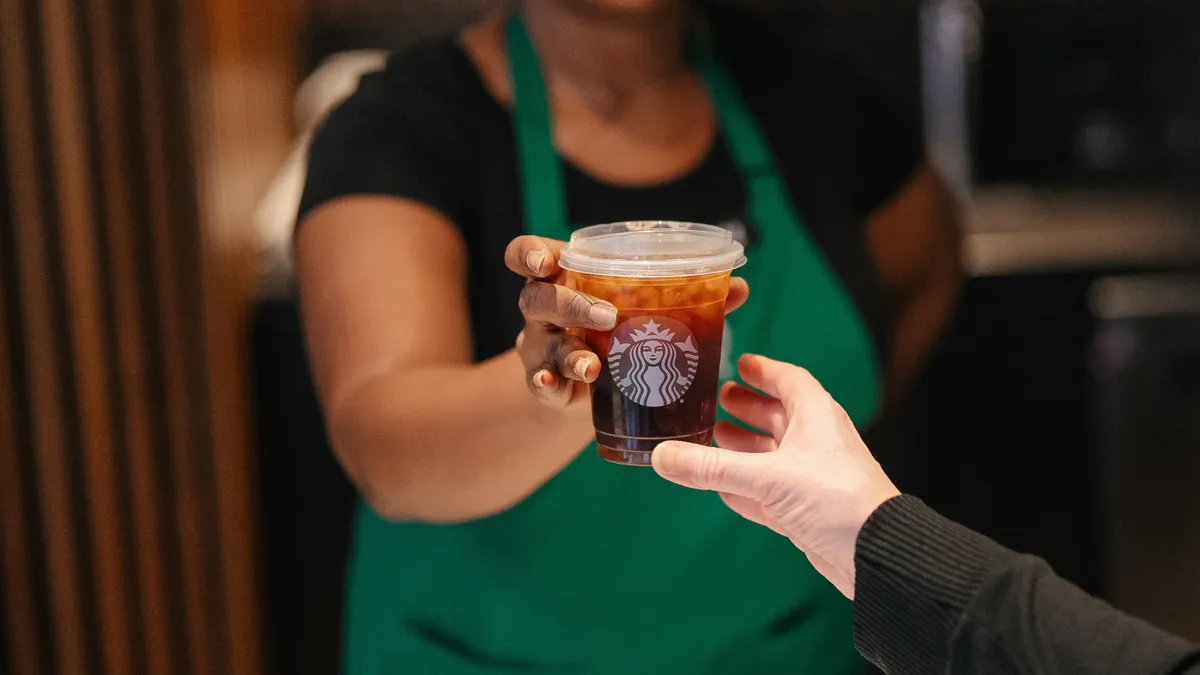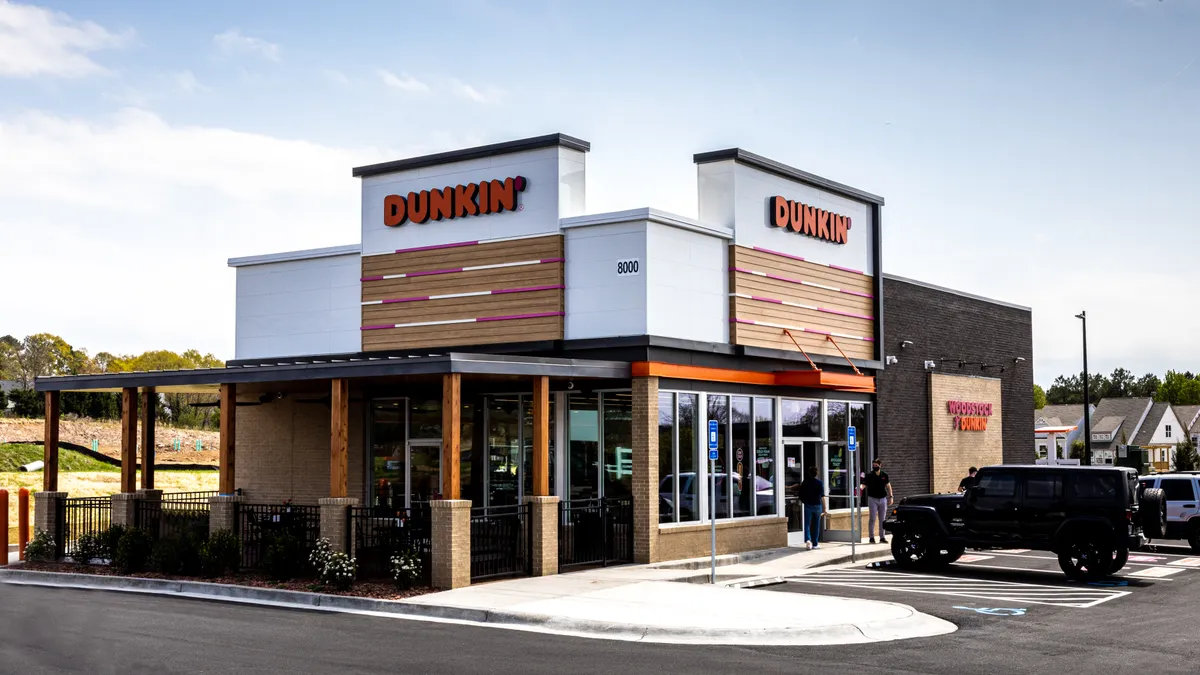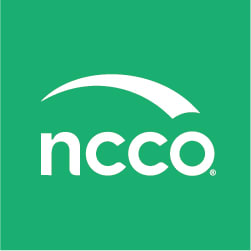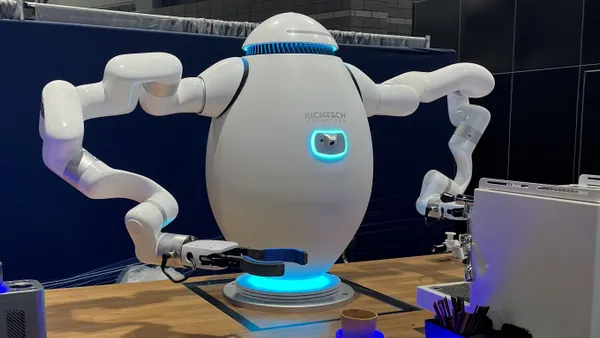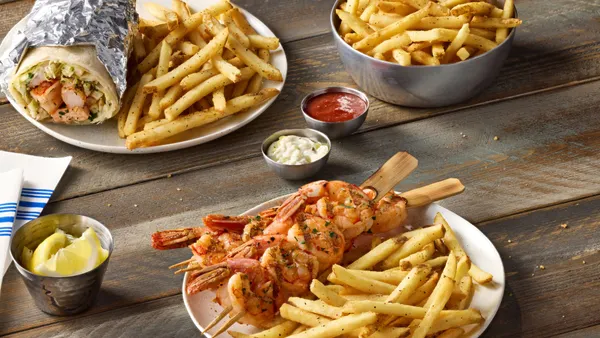Dive Brief:
- Starbucks is putting the rollout of the Siren System on hold as it focuses on improving the employee experience and order sequencing to drive a better customer experience, executives said on a Q2 2025 earnings call Tuesday. The Siren System is a collection of drinkmaking equipment designed to speed up order fulfillment.
- Updates to the coffee chain’s Shift Marketplace tool, which lets staff pick up and trade shifts, boosted the pool of workers available for last-minute shift changes by 10 times, according to CEO Brian Niccol. Starbucks is now seeing record high shift completion, record low turnover at under 50% and rising employee engagement.
- “What we're discovering is the equipment doesn't solve the customer experience that we need to provide, but rather staffing the stores and deploying with this technology behind it does,” Niccol said during the call.
Dive Insight:
Starbucks’s turnaround effort is on track, according to Niccol. However, the company still has work to do, and employees will be key to delivering the customer experience necessary to return to growth.
Global comparable store sales declined 1% year over year in the second quarter of 2025, according to a company earnings report. While the performance is still negative, it shows improvement from the 4% year-over-year comparable sales decline reported in first quarter 2025.
“We're not just building back our business, we're building back a better business,” Niccol said. “I know from experience that when you focus relentlessly on the customer, you take care of your people, improve your operations and carefully manage costs, the financial results will follow.”
The changes to Shift Marketplace are part of the puzzle. Starbucks filled 500,000 more shifts in the second quarter of 2025 than the same period a year ago, and the length of tenure for cafe workers is on the rise, according to Niccol.
“This translates into more moments of connection with our customers, higher transaction capture and a better experience for our partners,” Niccol said.
Starbucks also tested a new staffing and deployment pilot, which resulted in improved speed of service and customer connections, according to Niccol. The company plans to invest in labor to better support workers, particularly during the busiest hours of the day.
The company’s pilot of an order sequencing algorithm designed to reduce in-store and drive-thru service times — a perennial frustration — without affecting the mobile order experience proved successful. The average cafe wait fell by an average of two minutes, and 75% of wait times were under four minutes at peak times. Starbucks is targeting an average wait time under four minutes.
Starting in May, Starbucks will introduce a service model that combines the staffing and algorithm changes to 2,000 locations in the United States, according to Niccol. The changes will roll out to more than one-third of U.S. cafes by the end of fiscal 2025.
The emphasis on staffing is a reversal from Starbucks’ strategy from the past couple years, when the company was aiming to offset the loss of people with equipment, according to Niccol. Pausing the Siren System rollout is expected to help Starbucks improve throughput and connection while minimizing capital expenditures.
However, the new staffing model is not without its own costs. Starbucks’ consolidated operating margin fell 4.5% year over year to 8.2% due in part to the hiring of additional labor to support the CX turnaround, according to CFO Cathy Smith, who joined Starbucks last month.
“Although our labor investments drove margin compression in the quarter, the investment in labor allows us to capture additional demand and transactions, which will accelerate our return to growth,” Smith said.
While Starbucks is spending more on labor, executives didn’t discuss a topic the Starbucks Workers United union has been pressing the company on — wages. The median Starbucks worker earns less than the federal poverty line for an individual, while the union is pushing for a $20 minimum wage for baristas and a $25.40 minimum wage for shift supervisors, according to reporting from Restaurant Dive.



